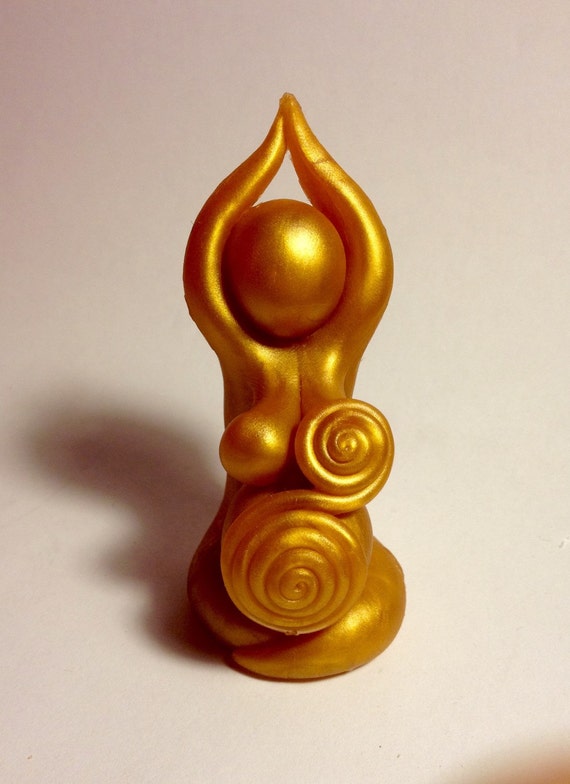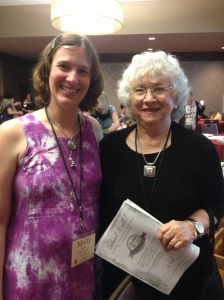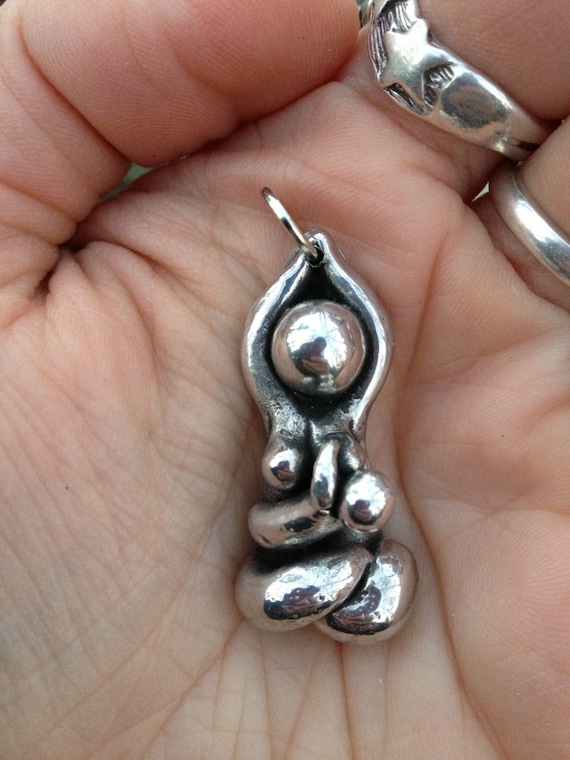The use of old-fashioned narrative to influence, and inform patients about health practices
As an author of memoirs, historical fiction and children’s literature, I am a storyteller, but I’m also a nurse-midwife, and I use storytelling as one of my primary teaching tools.
Storytelling is uniquely human. Anthropologists have argued that storytelling is pre-verbal, that pictographs on the inside of caves are in fact stories. Form the earliest days humankind has used narrative to record history, to entertain, to convey experience and to transfer information.
To convey information in narrative form is something no other species can do. It’s an evolutionary advantage and allows each individual to harbor more information than personal experience would allow.
Using stories to teach patients is not unique to midwives. All good providers use stories to illustrate  how individuals can make better health choices.
how individuals can make better health choices.
We all know that many patients are non-traditional learners and even those in higher education love a good story. Research and statistics are boring for most people and easy to forget . Many patients, even if given a handout drop it in the trash as they leave our office. They don’t have time to read it or are non-readers.
On the other hand, if I tell a tale, in an amusing way, about a young woman who refused to take her birth control pills because she was worried they would make her fat…and now she’s pregnant…that’s a cautionary tale and brings a smile and a knowing nod from the fifteen-year-old here to discuss birth control: That’s not going to happen to her!
Using self-disclosure about your own life can humanize a professional relationship and help patients be more honest with you about their lives. For example, I might say with a smile, that I’ve gone to Weight Watchers for so long I could teach the class, even though I’ve never reached goal weight. The patient and I share a good laugh and now she feels comfortable telling me she can’t stand to look in the mirror, has tried four different TV diets and is terribly discouraged. A door for real communication has opened. She no longer feels alone and she knows she has me as a non-judgmental advocate.
Stories can accomplish what no other form of communication can do; they can get through to hearts with a message. I might tell a very stressed-out college student, sitting on the end of the exam table, about a patient of mine who had two jobs and was studying nursing full time. Last year she started getting a series of illnesses. Next thing she knew, she flunked two courses, lost her boyfriend and had a motor vehicle accident. The moral is clear: don’t take on more than is humanly possible. And the tale is more likely to induce lifestyle change than a lecture.
All health care providers, surgeons, nurses, physical therapists, family doctors or midwives must be teachers. If you missed that part in school, it’s not too late. With humor and love we can become part of the human story that will bring health and hope to our patients.
For the past twenty years, Patricia Harman has been a nurse-midwife on the faculty of The Ohio 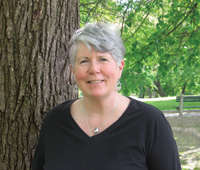 State University, Case Western Reserve University and most recently West Virginia University. In 1998 she went into private practice with her husband, Tom, an OB/Gyn, in Morgantown, West Virginia. Here they devoted their lives to caring for women and bringing babies into the world in a gentle way. Patricia Harman still lives with her husband, Thomas Harman, in Morgantown, West Virginia. She recently retired from her thirty-five years of midwifery so she could write more books for people like you!
State University, Case Western Reserve University and most recently West Virginia University. In 1998 she went into private practice with her husband, Tom, an OB/Gyn, in Morgantown, West Virginia. Here they devoted their lives to caring for women and bringing babies into the world in a gentle way. Patricia Harman still lives with her husband, Thomas Harman, in Morgantown, West Virginia. She recently retired from her thirty-five years of midwifery so she could write more books for people like you!
My past reviews of Patsy’s books:
- Book Review: Arms Wide Open: A Midwife’s Journey
- Book Review: The Blue Cotton Gown
- Book Review: The Midwife of Hope River
- Talk Books: Lost on Hope Island | Talk Birth
Past blog posts on the subject of story power: 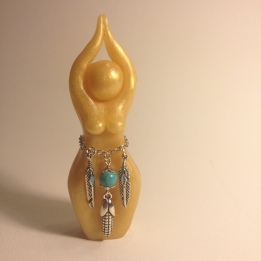
- Story Woman
- Tuesday Tidbits: Story Power (again!)
- Tuesday Tidbits: Story Power
- I am a Story Woman
- Story Power
- A Blessing…and more…
- The Value of Sharing Story
- The Of COURSE response…
- Musings on Story, Experience, & Choice…
- Taking it to the Body, Part 4: Women’s Bodies and Self-Authority


















